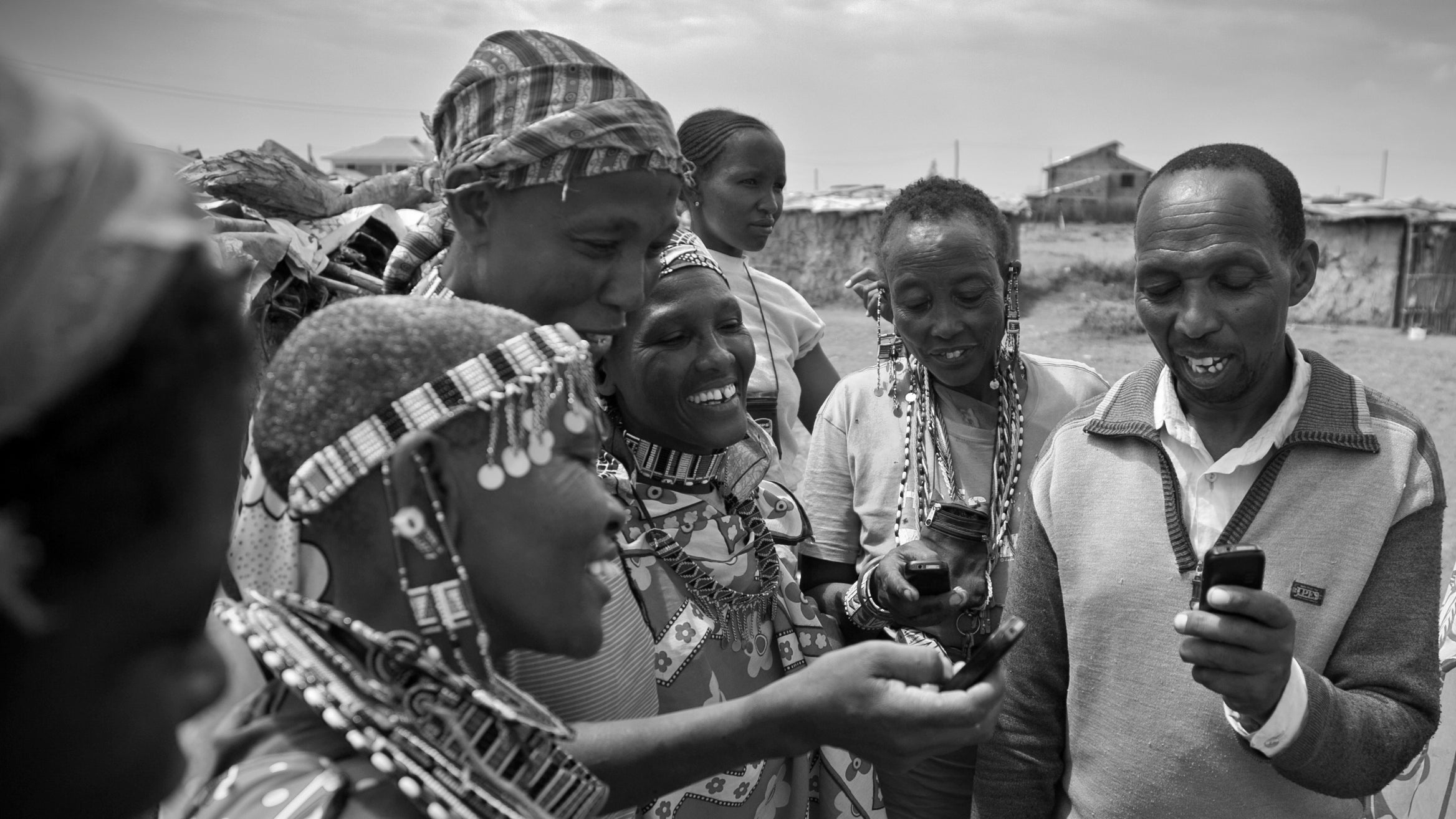Let's Gamify to Empower the Customer!
In his TED talk gamification expert Yu Kai Chou optimistically suggests that gamification can make a better world by removing the divide between what people have to do and what they want to do. Gamification is already applied in a range of sectors, including financial services, to change behaviors and address complex problems. But what can gamification do for financial inclusion? Can we apply this concept to one of the biggest challenges we are up against: increasing uptake and usage of financial services by low income customers?
What is gamification?
First let’s be clear on what we mean with gamification. Kevin Werbach of the Wharton School, defines it as “the use of game elements and game design techniques in a non-game context”. Gamification is all about improving the user experience, engagement, loyalty and satisfaction. Gamified applications only incorporate some elements of game design and are not full-fledged games. However, they are more than just a one-time promotion with a prize that may lead a customer to undertake a single action, such as opening an account.

The goal of a game is to get people to play and keep them playing. The role of the game designer is to make that happen by perfecting the “player journey” from onboarding through a habit building phase to mastery. If financial service providers approached their customers in this way, putting them at the center of an application, they could improve the customer journey and start to empower customers to better choose and use financial services they value.
Gamification works because it builds on core drivers that motivate people to act in a certain way. For example, Nike’s fuelband quantifies your movements and motivates you to keep going by issuing points. Another example is an app called Opower, which uses social elements – comparing people’s energy consumption to that of their neighbors – to drive savings on energy bills. Depending on how you want customers’ behavior to change, a ‘gamified’ app for financial services could tap into these or other core motivations.
Applications in financial services
A few interesting examples of gamification already exist in financial service delivery and applications that help people manage their finances. DSK bank in Bulgaria for instance developed Gameo: a multi-layered program that uses different elements of gamification, such as education quizzes or incentives, to help people set and achieve savings goals. Gamification has also been added to the financial education tool box. D2D Fund is experimenting with it in the United States. Most of the applications of gamification in banking, however, have been developed for markets where computers and smartphones are more easily available. Although games are easier on smartphones, examples exist of efficient games on basic phones, for example gamification by Microensure or the Absa Shesha Game which will be highlighted in our next blog. As smartphone technology becomes more accessible and affordable in those markets too opportunities will open up.
There are numerous potential use cases of gamification for delivering financial services to low-income people, especially when it comes to uptake and use of digital financial services. Examples include:
- stimulating savings,
- facilitating cash flow management,
- incentivizing use of digital channels - to increase use of mobile wallet or enhance merchant payments,
- accessing educational content,
- empowering staff and agents with information, tools and incentives to serve the customers best and deliver a positive experience.
As we think of opportunities in the financial inclusion context it is critical to consider gamification is more than adding points, trophies, badges and other competitive elements to an existing product or services. Throwing points and badges at something boring does not make it fun. Gamification is more complex than that. It’s critical to approaching problems from the outset through a lens of game design, which can help products resonate more with customers:
- Give choice and sense of progression. Gamified applications should allow people to take small steps at the time, give the right level of choices – not too few, not too many – and be well presented so that it entices people.
- Create habits. Gamified applications should help people “learn by doing”, balance structure and exploration so that people can figure things out for themselves in a constructive and helpful environment.
- Address engagement gap. Gamified applications should entice people to overcome the intention-action gap that all of us face and nudge to engage more.
- Leverage social dimension. Gamified applications should use social networks people belong to. This can leverage trust and create incentives for people to engage. However, some authors warn against that, arguing privacy trumps gamification in financial services.
While we see the potential, and there is a lot of enthusiasm – or hype - for gamification, it’s still early days to tell how effective it can be in driving financial inclusion. In the next posts we will hone in on examples of gamification and highlight some of the challenges in building an application that is truly engaging and achieves its objectives. If you know of an experiment or example of gamification that contributes to financial inclusion, please let us know. We are game for it!



Comments
I am building a free
I am building a free eLearning library for use by children and adults in Africa. As of yet, I have been unable to find content such as basic financial training, how to find an opportunity and start a business and related life/financial skills educational modules suitable for the poor and disadvantaged. If you know where to find this important content, please let me know.
Add new comment